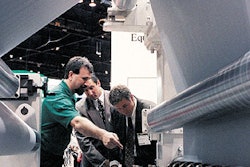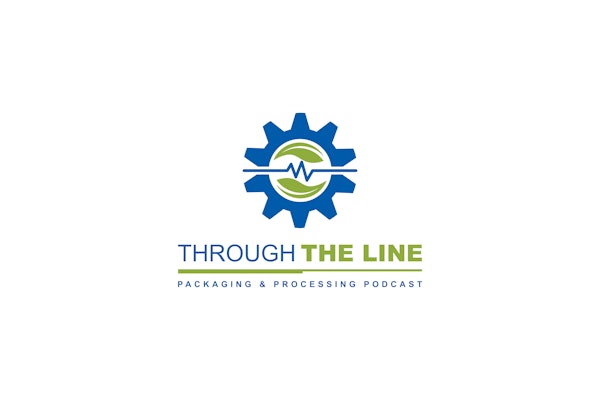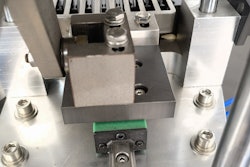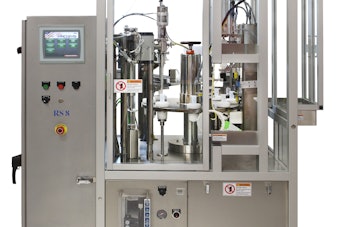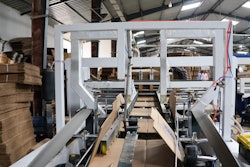He says, "After the delays from the [federal] Prescription Drug Marketing Act of 1988, things have changed substantially and now with the challenges of counterfeit drugs and globalization, we need to start seriously addressing the vulnerabilities of the drug supply system."
California's e- pedigree requirement was delayed from January 2008 until January 2009, though there's talk of pushing it to 2011. The concern there is that the industry doesn't yet have access to the necessary technology.
And while the federal rules only strongly suggested that using e-pedigree technologies like radio-frequency identification (RFID) would be a good way to comply with the federal requirement, the California law was poised to outright require e-pedigree. It would have required serial numbers on individual bottles, and called for each player in the chain of commerce--manufacturer, distributors, and even the pharmacist – to add information to the e-pedigree.
But that's easier said than done, notes Liang. "Challenges include using a similar interoperable system for every member of the supply chain, funding those systems, and determining an acceptable RFID frequency. He says some systems may be so expensive they put some pharmacies out of business if they cannot handle the costs.
"Unfortunately," he says, "some of those pharmacies are in places with the most vulnerable patient populations, and closing those pharmacies will impact these vulnerable patient populations the most."
He also sees some practical concerns specifically related to packaging. It's not easy to imagine applying an RFID "sticker" on each syringe in a pallet of chemical drugs in syringes of 1mL that must be serialized. Liang says, "This simple example indicates the challenges of implementing a single system without attention to form." [HCP]
--By Eric Greenberg (shown in photo), Attorney-at-Law
www.ericfgreenbergpc.com
[email protected]
California's e- pedigree requirement was delayed from January 2008 until January 2009, though there's talk of pushing it to 2011. The concern there is that the industry doesn't yet have access to the necessary technology.
And while the federal rules only strongly suggested that using e-pedigree technologies like radio-frequency identification (RFID) would be a good way to comply with the federal requirement, the California law was poised to outright require e-pedigree. It would have required serial numbers on individual bottles, and called for each player in the chain of commerce--manufacturer, distributors, and even the pharmacist – to add information to the e-pedigree.
But that's easier said than done, notes Liang. "Challenges include using a similar interoperable system for every member of the supply chain, funding those systems, and determining an acceptable RFID frequency. He says some systems may be so expensive they put some pharmacies out of business if they cannot handle the costs.
"Unfortunately," he says, "some of those pharmacies are in places with the most vulnerable patient populations, and closing those pharmacies will impact these vulnerable patient populations the most."
He also sees some practical concerns specifically related to packaging. It's not easy to imagine applying an RFID "sticker" on each syringe in a pallet of chemical drugs in syringes of 1mL that must be serialized. Liang says, "This simple example indicates the challenges of implementing a single system without attention to form." [HCP]
--By Eric Greenberg (shown in photo), Attorney-at-Law
www.ericfgreenbergpc.com
[email protected]



